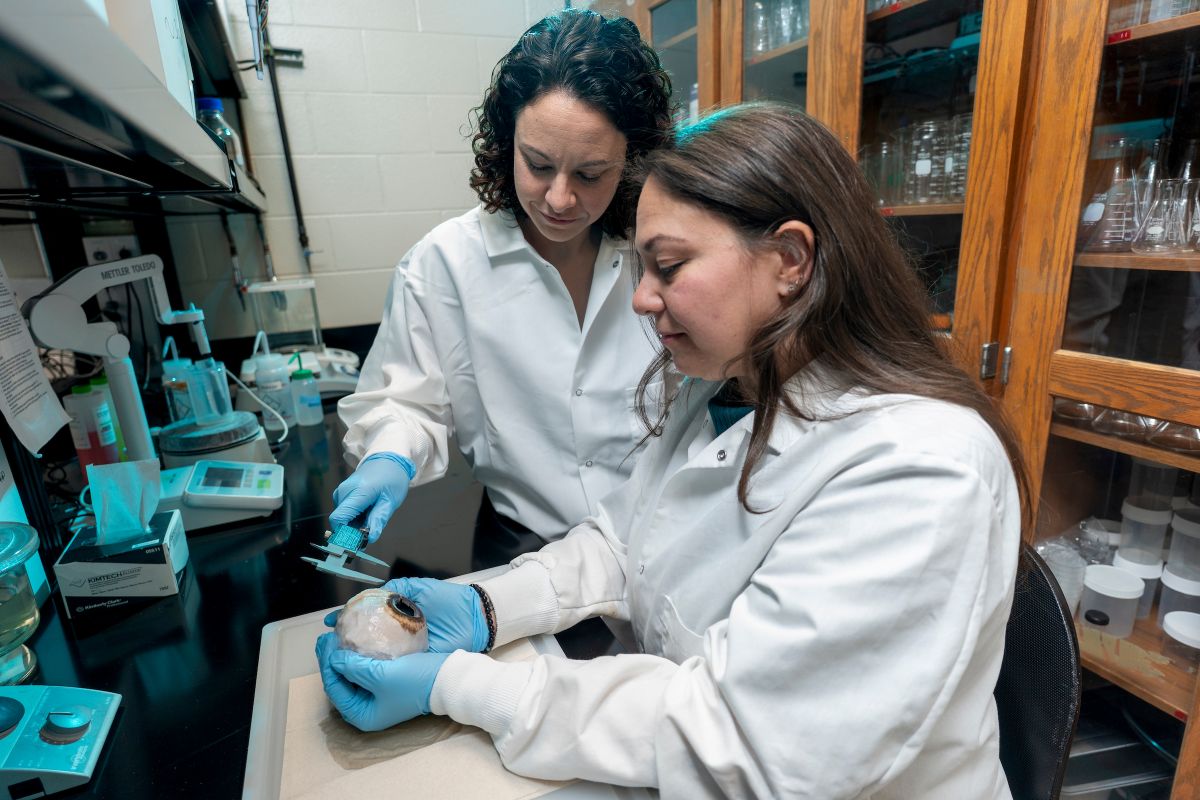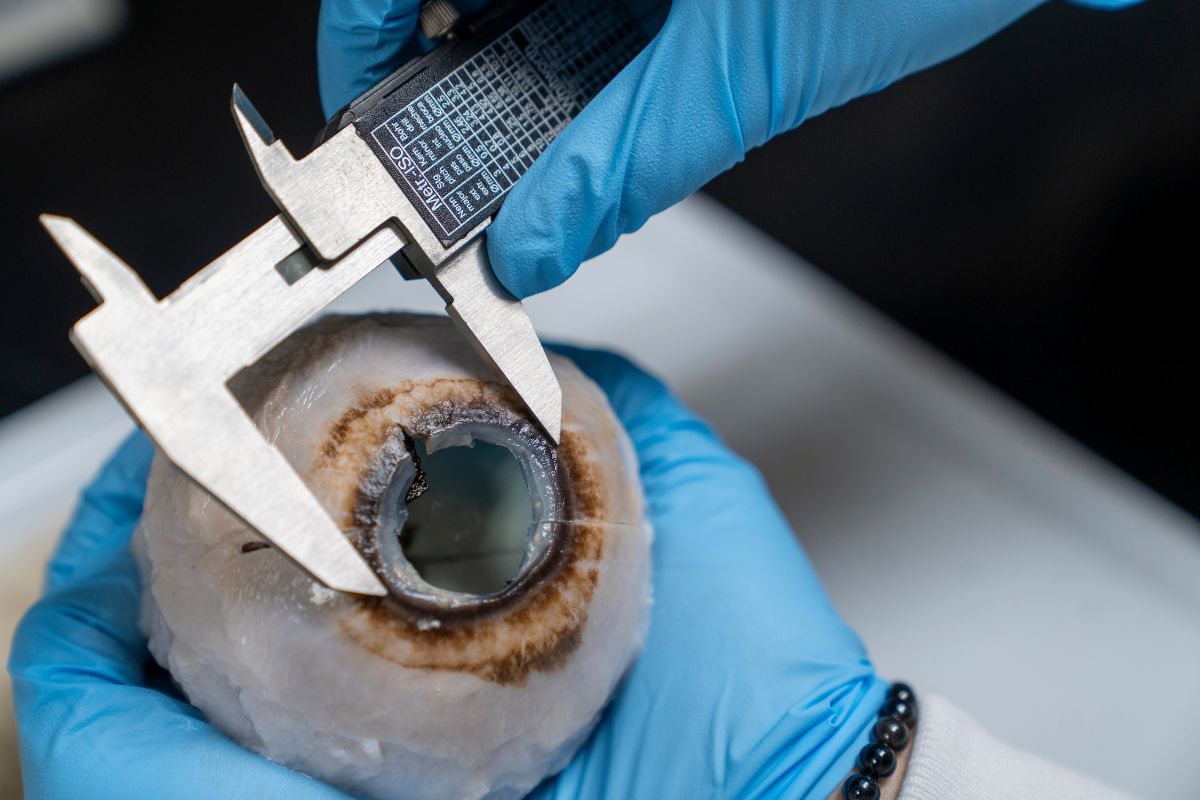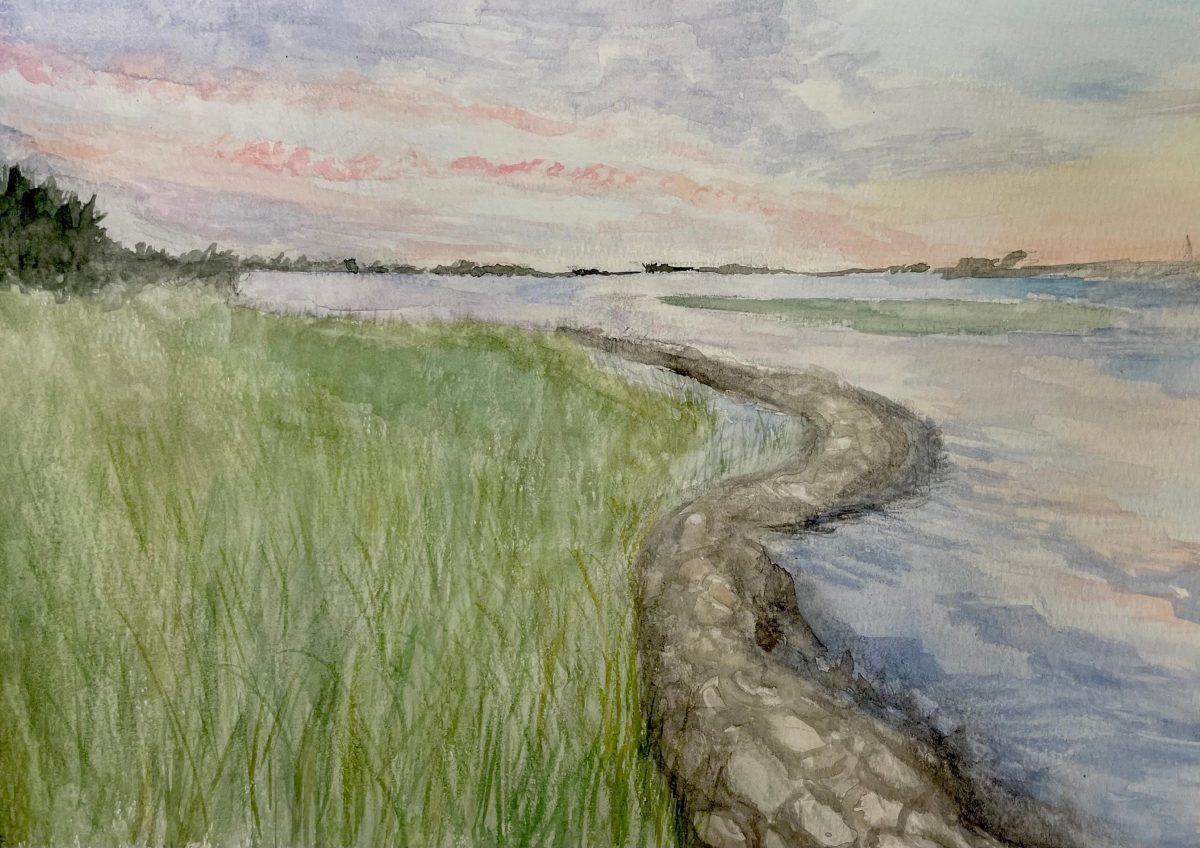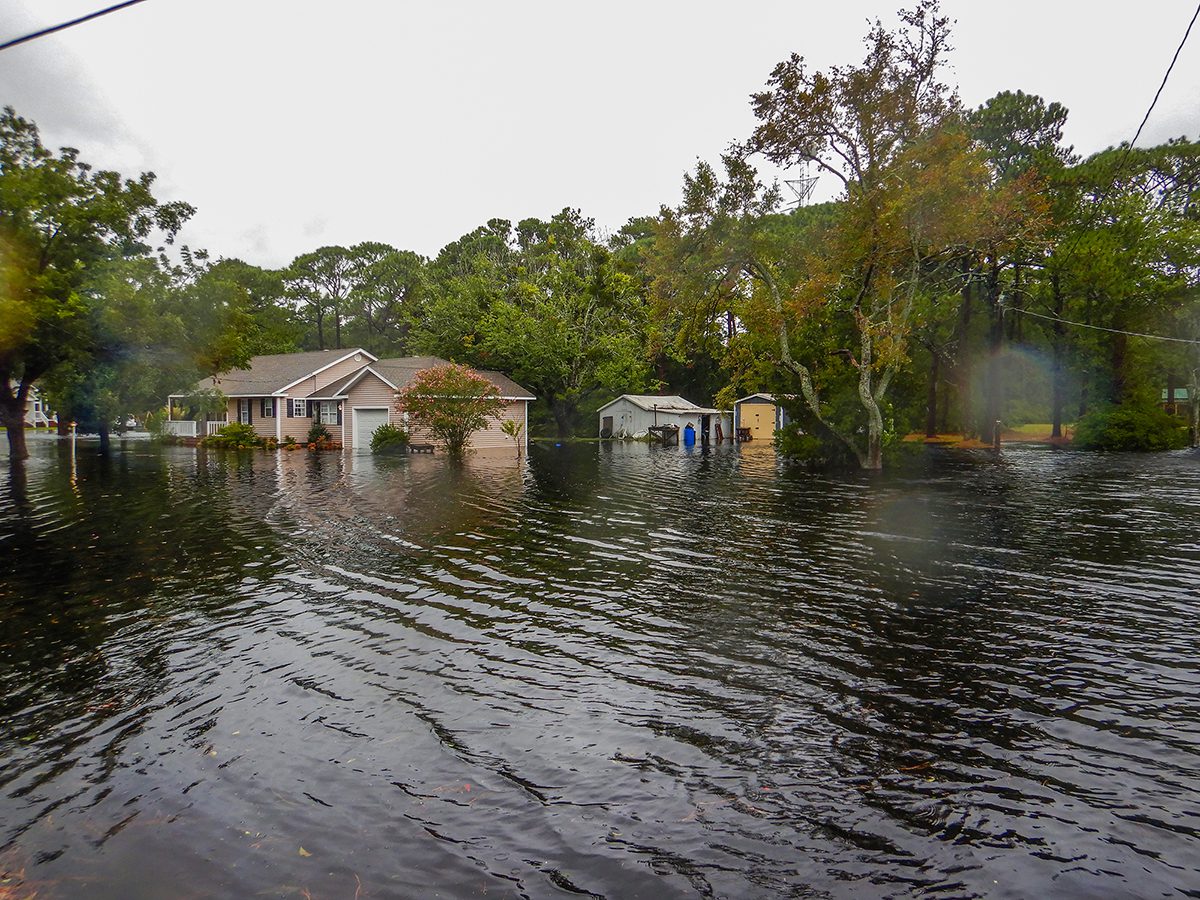
With eyes roughly the size of softballs, it may stand to reason that one of the largest mammals on Earth should have exceptionally sharp vision.
Humpback whales have some of the biggest eyes of any animal on the planet, or the oceans in which they migrate thousands upon thousands of miles during their lives.
Supporter Spotlight
But their journeys through open seas are done with limited vision, according to a newly published study conducted by researchers at the University of North Carolina Wilmington and Duke University.
These mammoth creatures have to be very close to an object in order to see it in fine detail, which explains why they are particularly vulnerable to getting tangled up in fishing gear.
“Humans have exceptionally high spatial resolution of vision by comparison to most animals,” said Dr. Lori Schweikert, an assistant professor of biology and marine biology at UNCW. “But what is surprising is the fact that whales have the structure of the eye to support even better vision, but they don’t have that.”
Using a specimen of a humpback whale eye archived more than a decade ago at UNCW’s Marine Mammal Stranding Program, researchers were able to measure a humpback whale’s vision at 3.95 cycles per degree, or CPD.
CPD measures the number of black-and-white line pairs that appear within 1 degree of space.
Supporter Spotlight
To grasp this measurement of sight, Schweikert gave this example: hold one arm straight out and put your thumb straight up. The width to your thumb is about 1 degree of your visual space. Human eyes can resolve about up to about 60 cycles per degree.
Most animals have low spatial resolution of vision. In animals, the larger the eye, the greater their spatial vision. But for humpback whales, “they are just way off the line,” Schweikert said. “Way off.”
What researchers found when they cut into the eye is that humpbacks have unusually thickened eye walls. Nearly half of the depth of the whale’s eye was filled with its own wall, shortening the distance from the center of the lens of the eye to the retina.
That distance is called focal length.
“The longer the focal length, the sharper the vision that’s possible,” Schweikert said.

Researchers also found that the cell density in humpback whale eye retina was exceptionally low. These cells send visual information to the brain.
Based on their calculation of 3.95 CPD, researchers then modeled how humpback whales might visually perceive things in their natural environment.
The reality is, their vision, or lack thereof, is suited to their environment.
Humpbacks prey on huge bait balls of fish or krill that silhouette against an open light field, or light that is projected directly into a space without being redirected. They have few predators – mainly orcas, or killer whales, false killer whales, and large sharks, particularly great whites. And, when a humpback whale searches for a mate, it can see a potential love match well enough from a distance.
So, humpbacks did not need to evolve with the ability to see fine-scale things, Schweikert said.
Where a humpback whales’ sight gets it into trouble, she said, is when it comes across a structure in the ocean that has more visual fine-scale information, such as a net or gillnet. One of the leading causes of humpback whale deaths is entanglement in fishing gear.
“In our modeling of how they might be able to resolve this detail in the environment is that, at roughly three to four body lengths away would be where they might be able to start resolving the structure of the net. Based on swimming speed, that only leaves them a few seconds to get out of the way,” Schweikert said.
This helps explain why humpback whales get entangled as frequently as they do.
Humpback whales live in every ocean on the planet. They have one of the longest migrations, with some populations swimming up to 5,000 miles, of any mammal on the planet.
In additional to entanglements, vessel strikes are also a leading cause of humpback whale deaths.
To figure out ways to try and mitigate such human impacts to humpback whale, more studies will need to occur.
“I think that understanding how animals will interact with things in their environment is certainly more complicated that any one study or even a mix of studies that would take in all their sensory abilities to detect what’s in their environment,” Schweikert said. “It’s one thing to know if an animal can see it, but it’s totally another thing to know how they will respond. It’s quite possible that they can see some of the threats in their environment, but behaviorally, they are just not making the decision early enough to move out of the way.”
This study could be considered in the larger puzzle of those types of considerations, she said.







